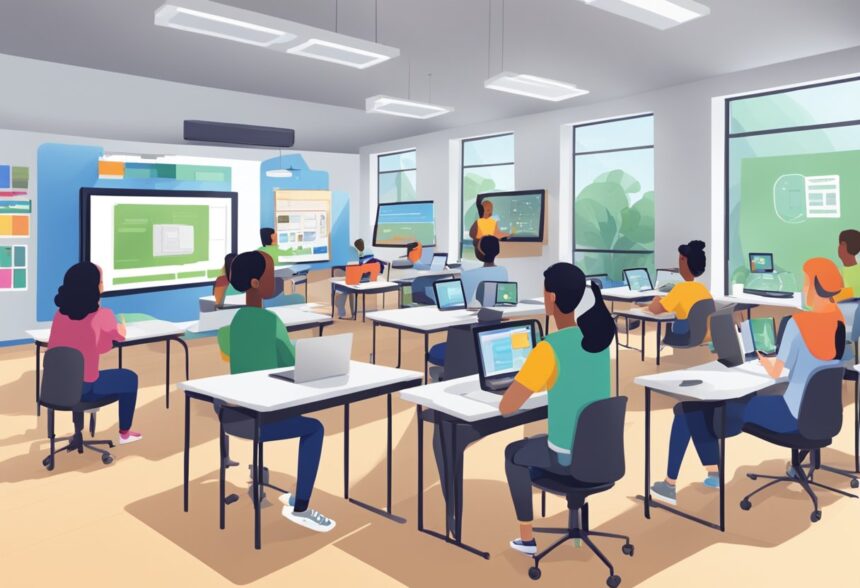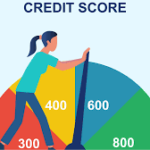The Rise of Interactive Learning Approaches
Recently, there has been a notable change in the educational sector, moving towards interactive learning methods that aim to involve students better. This fresh approach places students as engaged contributors in their learning instead of passive receivers of knowledge. Among these innovative approaches is the integration of interactive publishing projects. These projects transform the standard learning experience by allowing students to create content that is both educational and representative of their creativity and personal insights. By offering a platform for students to express themselves in unique ways, educators can tap into the inherent creativity of their students, thus enriching the learning experience and making it more meaningful and impactful. For more details on how these projects impact education, visit site for more information and resources.
Student-driven content creation increases engagement and fosters a deeper connection to the learning material. When students are involved in creating their work, they are more invested in the subject matter, leading to better retention and understanding. Additionally, these projects encourage critical thinking and problem-solving as students navigate the complexities of content creation, editing, and presentation. The skills developed during these projects extend beyond the classroom, preparing students for real-world challenges where such abilities are crucial for success.
Advantages of Publishing Projects for Students
The advantages of incorporating publishing projects into educational curricula are vast and varied. One of the primary benefits is the enhancement of literacy and communication skills. Students naturally improve their writing and editing abilities as they draft, revise, and finalize their work. This iterative process polishes their language skills and instills a habit of critical evaluation and self-reflection, which are indispensable in academic and personal growth.
Furthermore, publishing projects promote collaboration among students. Working together teaches them how to communicate effectively, delegate tasks, and support each other—skills that mirror real-life workplace and community interactions. These projects also build a sense of ownership and achievement as students see their work materialize into a tangible product they can proudly share with peers, teachers, and the community.
Steps to Launch a Classroom Publishing Project
Initiating a classroom publishing project involves several strategic steps to ensure its success. First, select a theme or subject that resonates with the student’s interests and aligns with the educational objectives. This step is crucial in sparking initial enthusiasm and ensuring the project remains relevant. Once a theme is chosen, conduct brainstorming sessions to gather input and ideas from the students, fostering a sense of ownership from the onset.
The next step involves guiding students through the drafting process. Provide resources and tools necessary for content creation, such as access to computers, editing software, or arts and crafts supplies, depending on the nature of the project. Educators should act as facilitators, offering feedback and support throughout the creation and revision stages. Finally, plan a showcase event where students can present their work. This could be a digital publication, a printed booklet, or a school exhibition. Celebrating their achievements is a powerful motivator and reinforces the value of their hard work and creativity.
Techniques to Fuel Motivation and Engagement
Keeping students motivated is vital for the success of any project, and integrating creative techniques can make a significant difference. Techniques such as storytelling elements or incorporating multimedia (such as videos or illustrations) can make publishing projects more engaging and relatable.
Furthermore, promoting peer-to-peer feedback sessions can increase student engagement by establishing a cooperative and encouraging atmosphere. Students who feel appreciated by their classmates for their contributions will be more motivated and committed to their tasks. This mutual exchange of feedback helps improve their communication abilities and trains them to think critically and give constructive criticism.
Tackling Challenges in Interactive Projects
Even though publishing projects have their benefits, they can also bring about difficulties like lack of resources and time constraints. However, with careful planning and creativity, these hurdles can be overcome. Free online tools and platforms can provide the necessary technological resources without adding financial strain. Additionally, organizing the project into smaller, manageable tasks helps keep students focused and prevents them from feeling overwhelmed.
Encouraging group collaboration can also mitigate challenges. Students learn to work together efficiently by assigning roles and responsibilities, distributing the workload, and ensuring collective success. Frequent check-ins and progress reviews can monitor the project’s trajectory, allowing adjustments to align with the overall educational objectives.
Essential Resources and Support
Access to appropriate resources and support structures is integral to the success of publishing projects. Numerous online platforms offer templates, guides, and collaborative tools for project management. These resources can significantly reduce the logistical burdens associated with large projects and streamline the implementation process.
Furthermore, networking with other educators through professional development workshops or educational forums provides an opportunity to exchange ideas and strategies. Sharing success stories and challenges with peers can offer fresh insights and innovative solutions, enriching the teaching and learning experience for all involved.
Future Outlook on Creative Education
As educational paradigms continue to evolve, the focus on creativity and interactive learning is set to expand. Publishing projects are poised to play an integral role in this shift, offering students a platform to develop critical skills and express individuality. By nurturing these abilities, educators prepare students for the rapidly changing future that demands adaptability and innovation.
Embracing these pedagogical changes ensures that education imparts knowledge and fosters skills that enable students to thrive in diverse, real-world situations. As these initiatives become more widespread, they will transform classrooms into dynamic environments where creativity and collaboration are at the forefront of learning.






